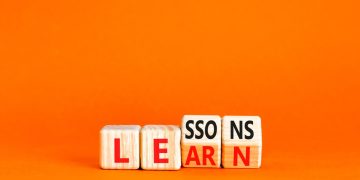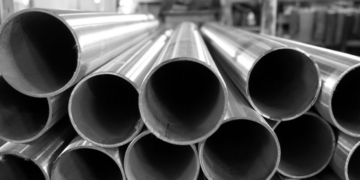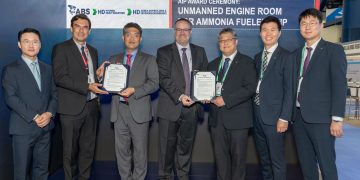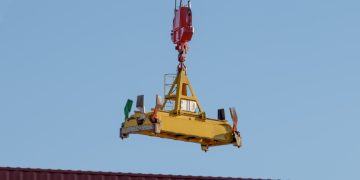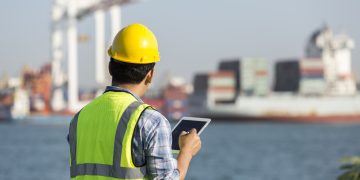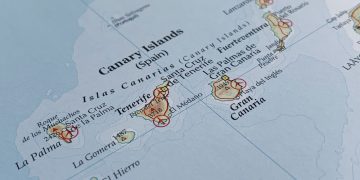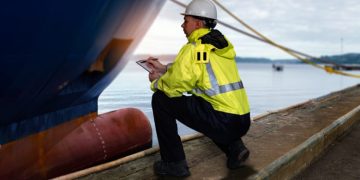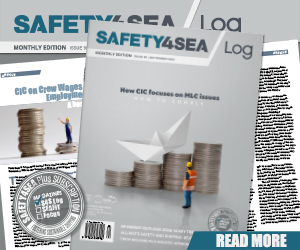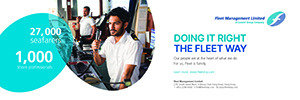Verifavia launches first dedicated shipping verification service
Verifavia unveiled its dedicated shipping service to coincide with the coming into force of the European Commission's (EC) Monitoring, Reporting and Verification (MRV) rules to collect emissions data. MRV Regulation 2015/757, which comes into force today, is a first step towards cutting CO2 emissions from maritime transport, requires operators of ships exceeding 5,000 GT to monitor and report their carbon emissions on all voyages to, from and between EU ports from 2018. Verifavia has a long experience of working in the aviation and other transport sectors to provide emissions verification information and services, working as a trusted partner with customers to support them in achieving compliance with an independent service grounded in accuracy, integrity and expertise. As part of the Regulation, a valid document of compliance issued by an independent verifier must be carried on board vessels which have performed shipping activities falling under the shipping MRV Regulation during the previous year when visiting EU ports, and might be subject to inspection by Member States' authorities. Julien Dufour, CEO, of Verifavia, commented: "At Verifavia, we understand that MRV is new to the shipping industry, and that, like any new regulations, ship owners, operators and managers require support to help ...
Read more








